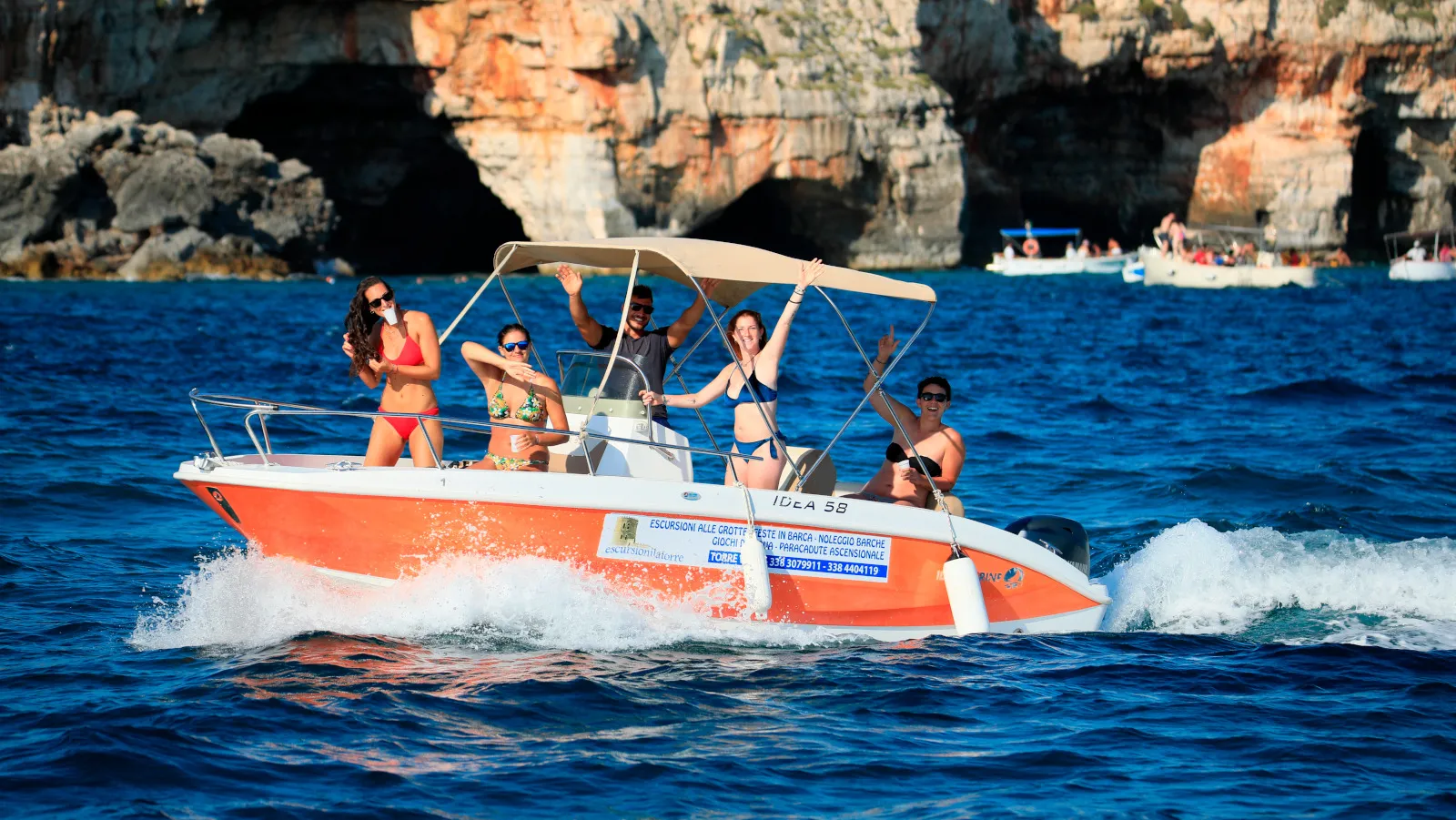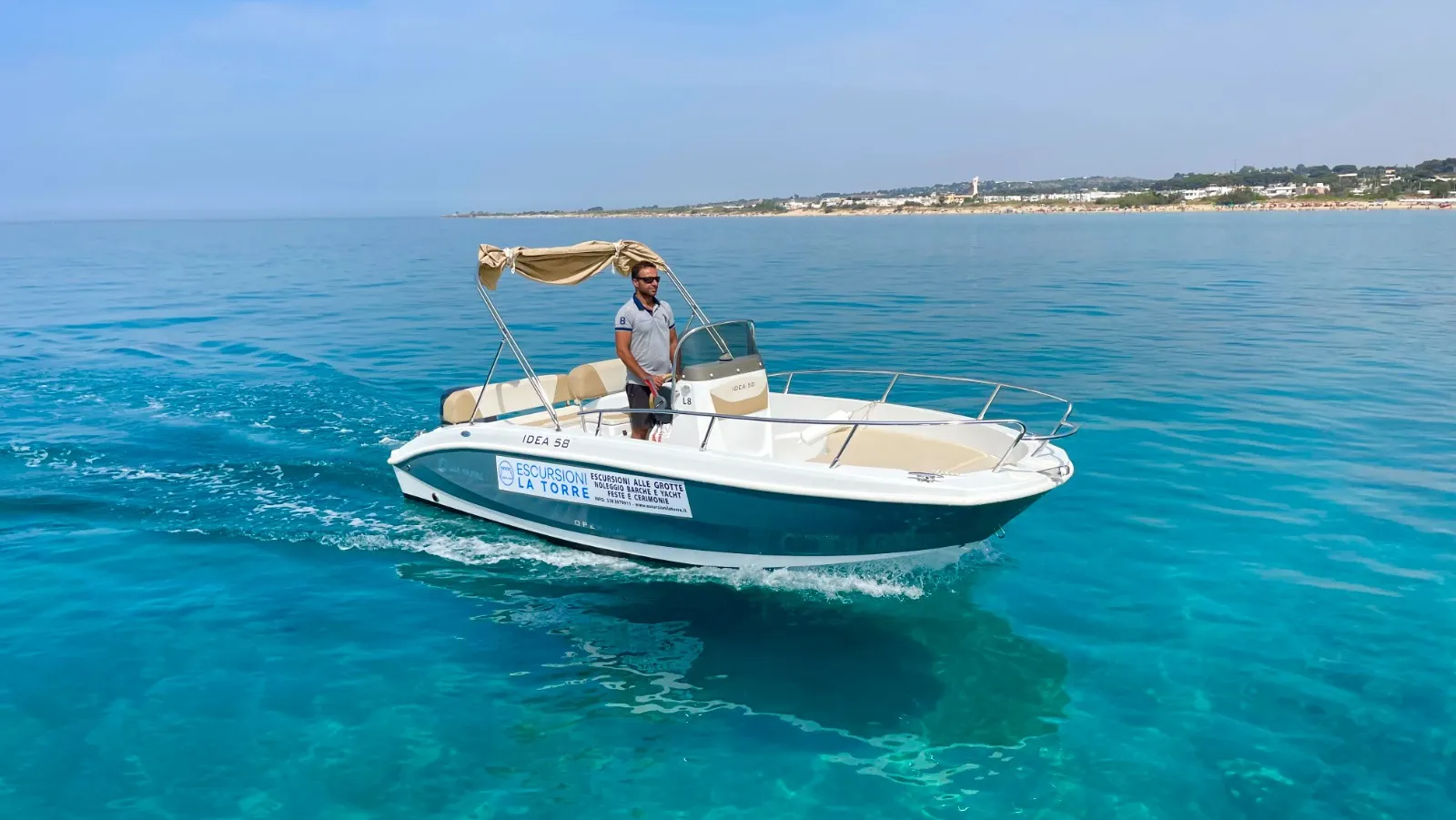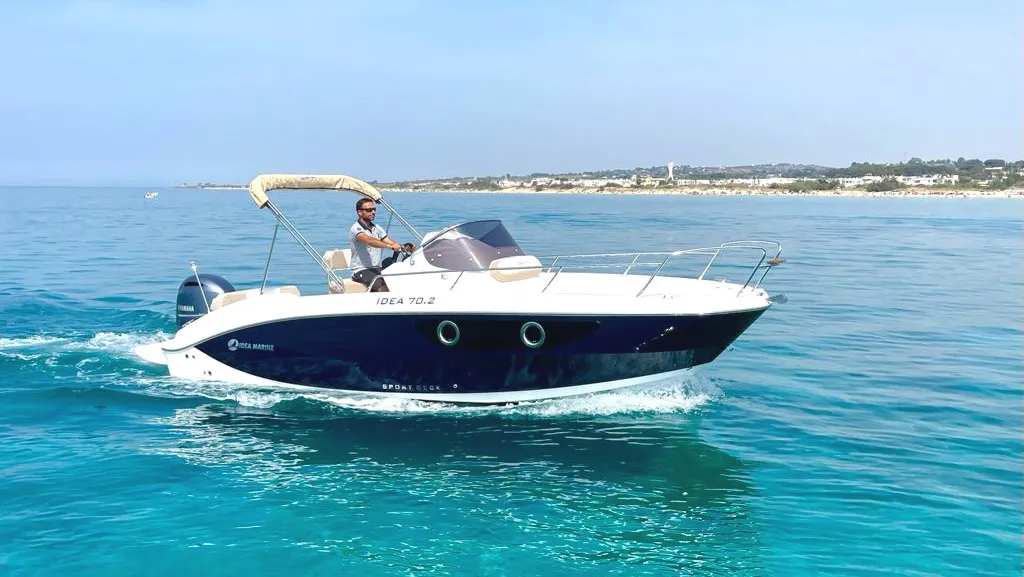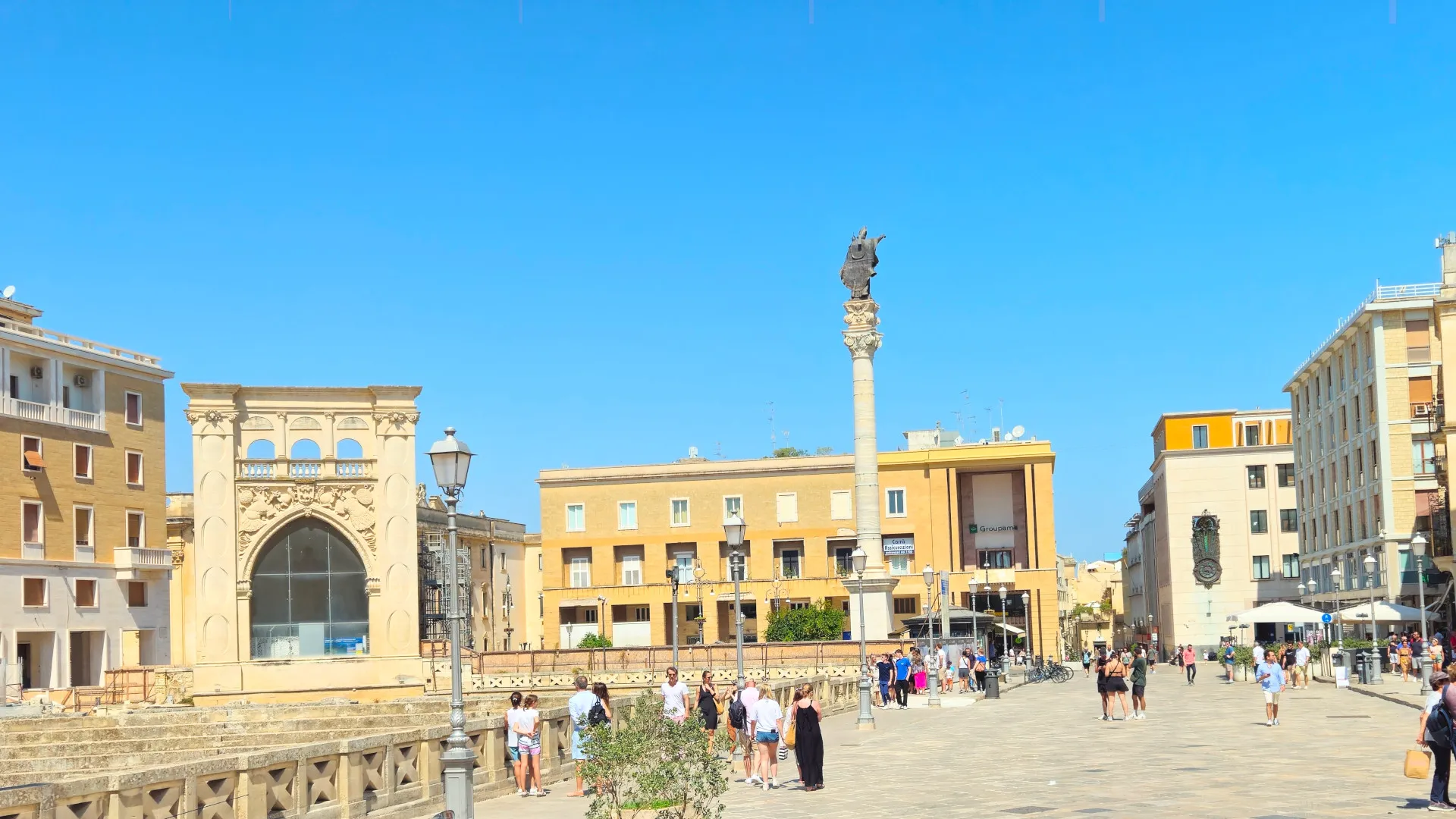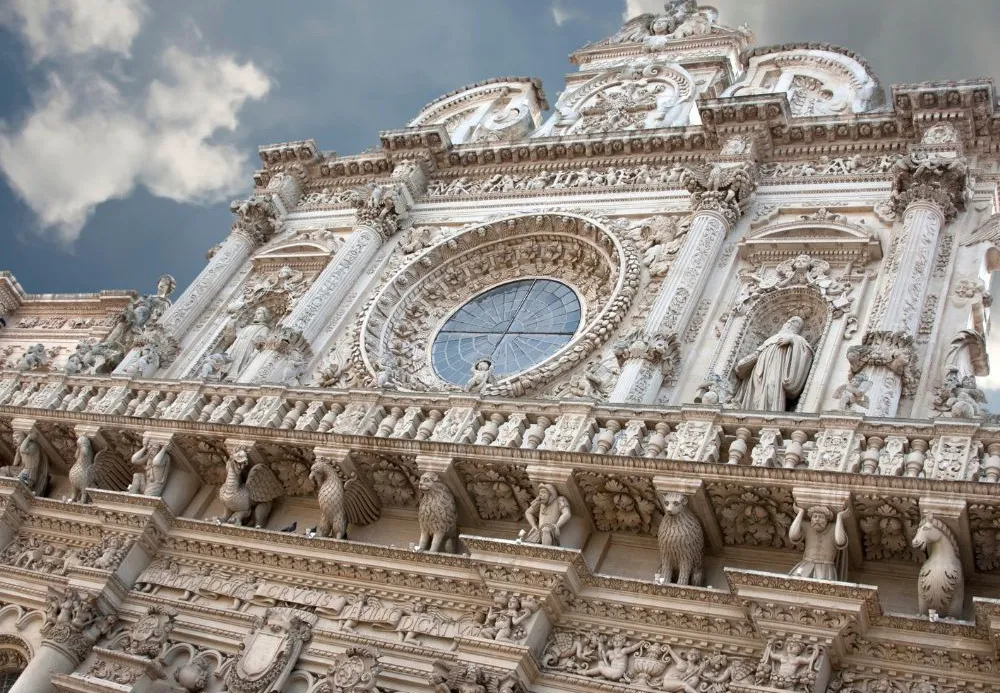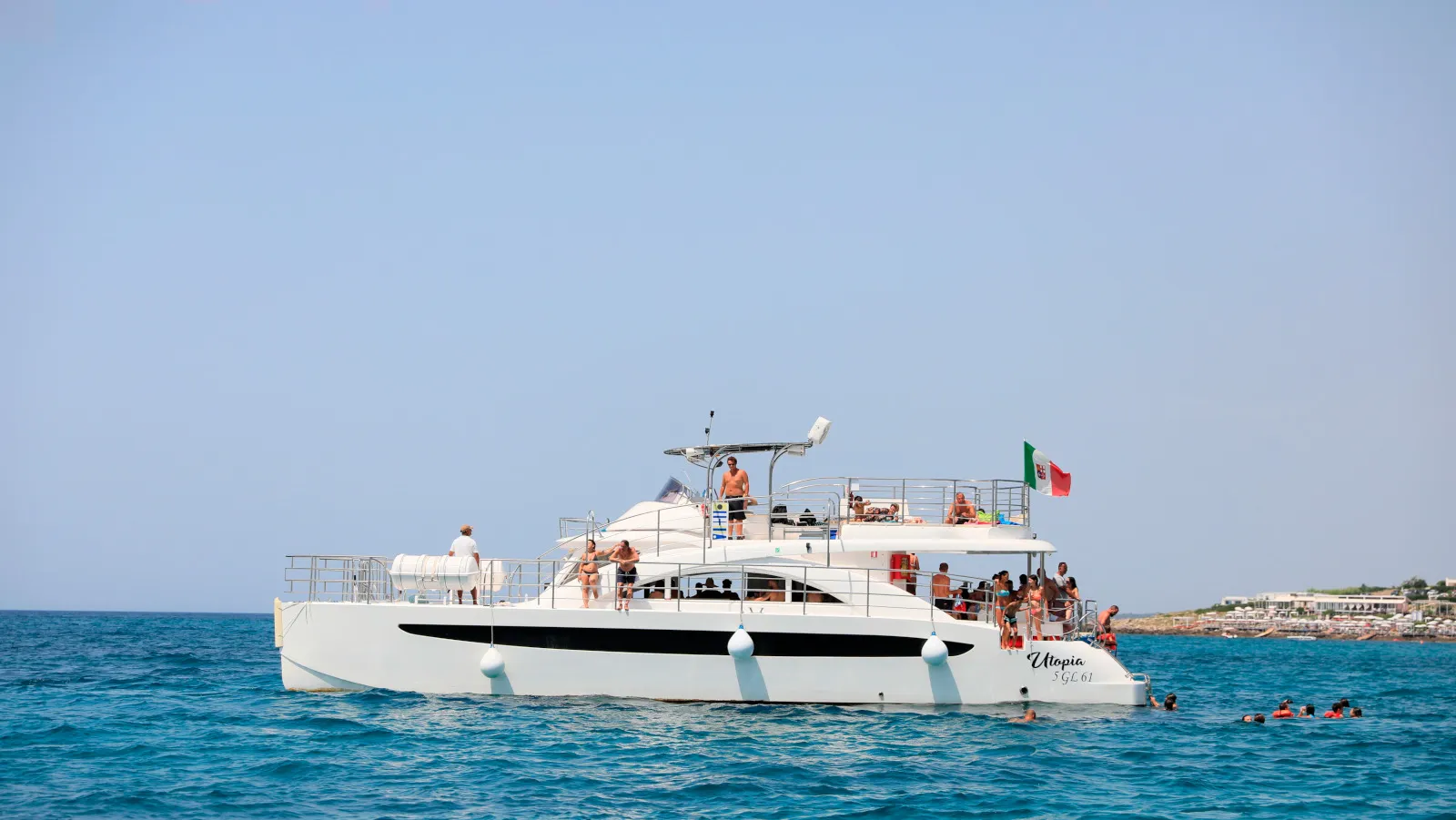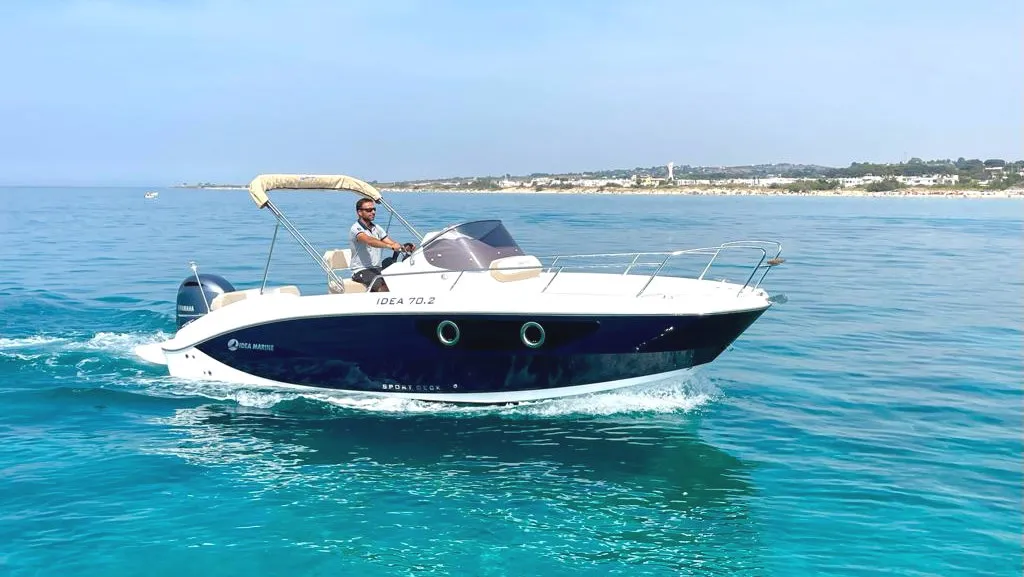Grotta Zinzulusa
Updated at: 08-12-2024
How this content can help you:
- Where the Zinzulusa Cave is located and how to reach it.
- The meaning of the name "Zinzulusa" and the history of the "zinzuli".
- The internal wonders: Corridor of Wonders, Crypt, and Cathedral.
- The unique fauna, including blind troglobitic shrimp.
- How to visit the cave on foot or by boat.
- The natural saltwater pool near the cave.
- The history and geological importance of the cave in Salento.
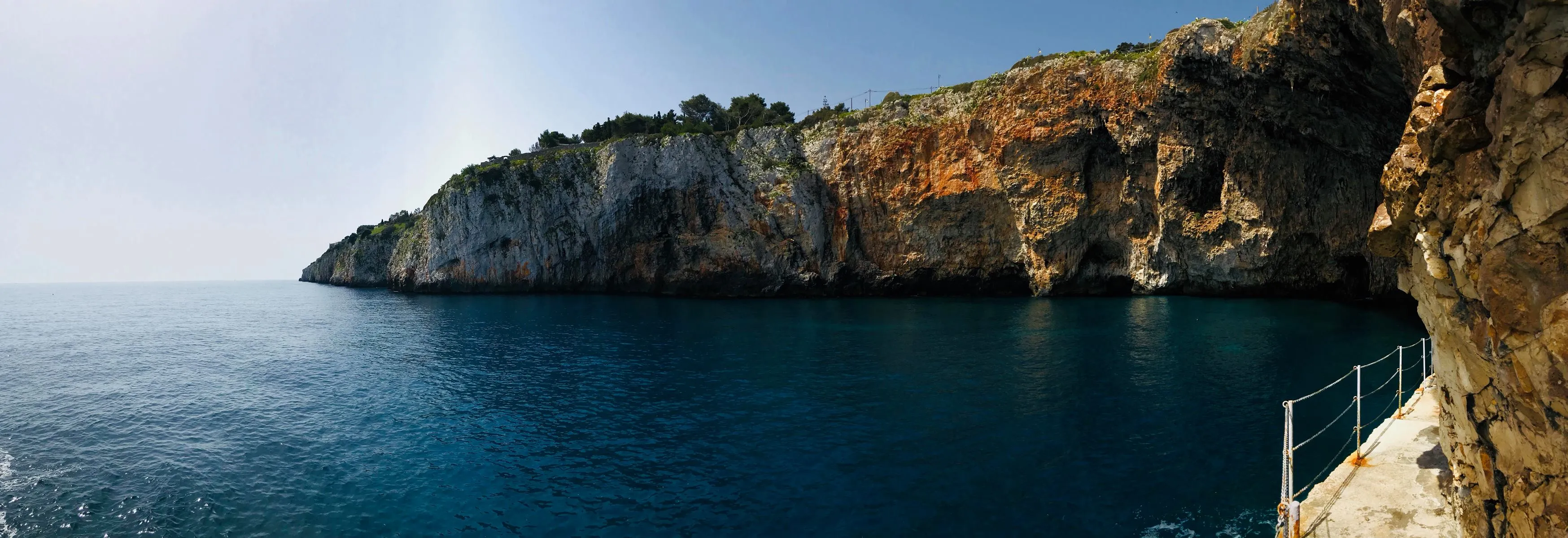
Why is it called the Zinzulusa Cave?
The name "Grotta Zinzulusa" comes from the particular rock formations found inside the cave, which are called "zinzuli" in Salentino dialect, meaning "rags" in Italian.
The Zinzulusa Cave is located on the Adriatic coast of Salento, near the town of Castro, in the province of Lecce, Apulia. Situated along a rugged and rocky stretch of coastline, the cave offers a breathtaking natural spectacle. Its opening is the result of millennia of erosion of the limestone wall by the sea, a process that began during the Ice Ages, when the sea level was higher, and has continued to the present day.
The cave opens majestically in a pink limestone cliff, facing directly onto the crystal-clear sea. The coastal landscape surrounding the Zinzulusa Cave is characterized by high cliffs plunging into the sea and a predominantly rocky coastline, with limestone walls alternating with coves and small bays.
The Zinzulusa Cave is a spectacular karst cavity renowned for its crystal-clear waters and the extraordinary landscapes that surround it. It is famous for its unique rock formations that hang from the ceiling, called "zinzuli" in the local Salentino dialect, which means "rags" in Italian.
Known to the local populations since ancient times, the cave was first documented in 1793 by the Bishop of Castro. It was only in 1957, after decades of study and exploration, that the cave was finally opened to the public.
How to Reach Castro and the Zinzulusa Cave
- By Car: If you're coming from Lecce, take the SS16 southeast towards Maglie. From there, continue on the SP363 to Castro. The cave is well-signposted and there is parking nearby.
- By Train: The nearest train station is in Lecce. From Lecce, you can take a bus or rent a car to reach Castro.
- By Bus: During the summer, there are direct bus connections from Lecce and other locations in Salento to Castro via local buses.
Entrance and Hours
Hours: Visiting hours may vary depending on the season. Generally, the cave is open from 9:00 AM to 6:00 PM during the summer months, with reduced hours in the off-season.
Ticket Price: The entrance fee is approximately €6-7 for adults, with discounts available for children and groups.
Why is it called the Zinzulusa Cave?
The name "Zinzulusa Cave" comes from the particular rock formations found inside the cave, called "zinzuli" in the Salentino dialect, meaning "rags" in Italian. These stalactitic formations hanging from the ceiling of the cave resemble old rags hanging down.
These rock concretions, with their irregular and tapered shapes, inspired the local inhabitants to give the cave this evocative name, reminiscent of tattered cloths fluttering in the air.
Thus, the name "Zinzulusa" is a tribute to the cave's extraordinary morphology, which is unique and represents a natural masterpiece.
What is the Zinzulusa Cave like and what can you see?
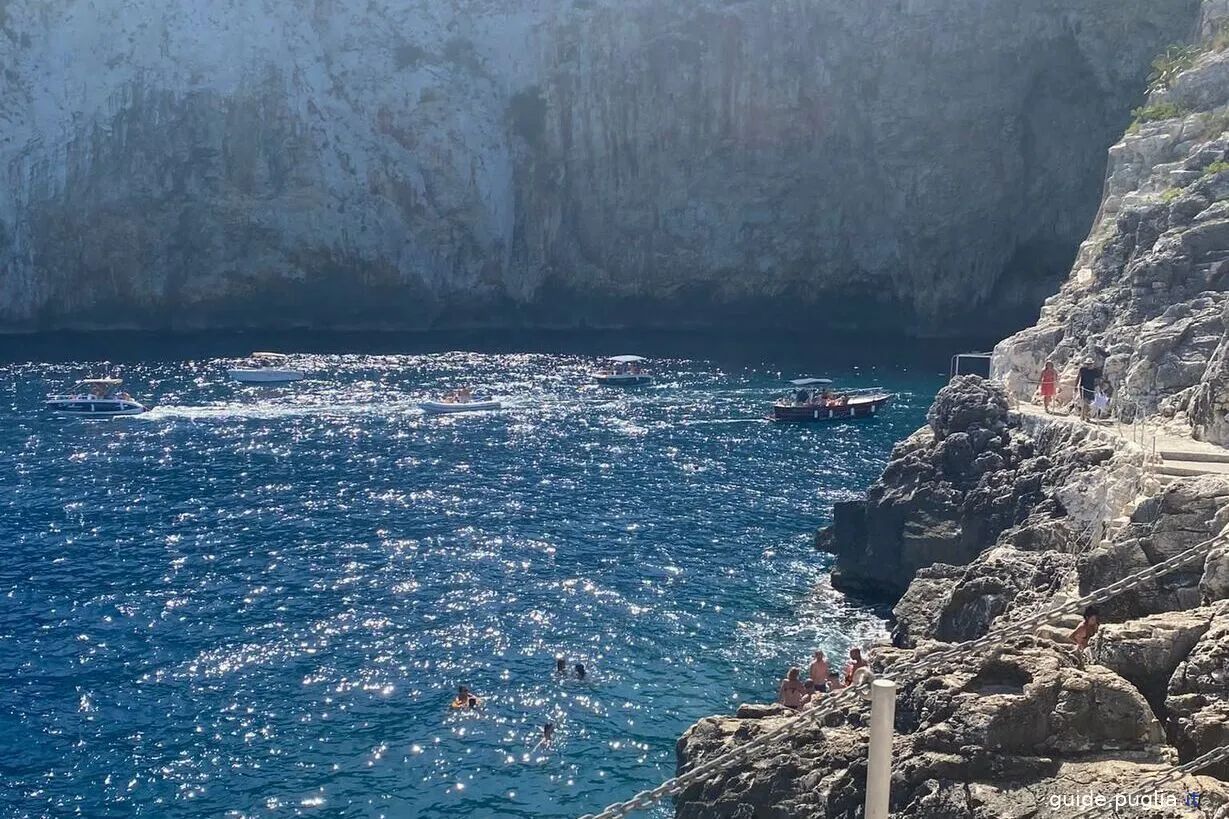
The Zinzulusa Cave is one of the most fascinating natural wonders of the Adriatic coast, with an internal structure rich in surprises and beauty. Located near Castro, the cave extends about 150 meters inward, offering a unique experience among stunning limestone formations and environments rich in history.
At the entrance, the cave opens majestically in the limestone cliff, directly overlooking the Adriatic Sea. The entrance is wide and impressive, with a view that fades into the blue of the sea.
Once inside, visitors are greeted by the "Corridor of Wonders", a narrow gallery that amazes with the multitude of stalactites and stalagmites adorning the passage. These formations, formed by the accumulation of minerals over thousands of years, create a fairytale and enchanting atmosphere. Some of them have unique names such as the “Sword of Damocles,” the “Pulpit,” and the “Horse.”
Beyond the corridor, you enter the Crypt, a larger room with a mystical atmosphere. Here, the limestone formations become even more intricate and spectacular, with walls covered in concretions that seem to be sculpted by the hand of an artist.
A little further along, you reach the Cathedral, the largest room in the cave, about 25 meters high. This cavity impresses with its size and the natural columns rising towards the ceiling, creating a majestic and imposing environment. During Christmas, the "Cathedral" is adorned with nativity scenes to celebrate the season and becomes a pilgrimage site to admire them.
Towards the end of the tour, you find the Cocito Lake, a small basin of fresh and brackish water. Its clear waters, in intense shades of green and blue, reflect light spectacularly, offering visitors another natural wonder.
The visit concludes with the Terminal Gallery, a passage leading to a part of the cave not accessible to the public but of great scientific interest due to the presence of rare subterranean species and unique formations.
In the past, the Zinzulusa Cave was inhabited by a large number of bats, which had accumulated a layer of guano, or bat droppings, up to 7 meters thick. This guano layer was so thick that in some areas it was possible to walk on it. Over the centuries, the guano deposited in various areas of the cave, creating thick layers and contributing to the formation of a unique and biodiverse environment.
An interesting aspect related to the guano is its use in the past to leave marks and writings on the cave walls. Ancient explorers and visitors used this unusual material to inscribe messages and traces directly on the walls, taking advantage of its dark and dense texture. These guano marks have become an integral part of the cave's history, documenting human exploration and passage over time.
In the 1940s, it was decided to extract the guano and create pathways inside the cave to facilitate tourism. Today, these paths allow visitors to explore the cave safely and appreciate its natural beauty.
Due to human activity, bats have not inhabited the cave for several years.
What to do nearby
How to Visit the Zinzulusa Cave
Visiting the Zinzulusa Cave offers a truly unique experience that can be enjoyed both on foot and by boat, allowing visitors to fully appreciate the natural beauty of the area.
Walking Tour
For those who choose to explore the cave on foot, the journey begins with a descent along a scenic trail that starts from the top of the rocky promontory.
This path provides spectacular views of the surrounding landscape and allows visitors to admire the upper part of the cave, which opens majestically in the limestone cliff overlooking the sea.
During the descent, visitors can closely observe the geological formations of the cave and appreciate the beauty of the coast, characterized by steep cliffs and turquoise waters.
The trail, well-marked and relatively easy to navigate, also offers opportunities to admire Mediterranean vegetation and the marine panorama, especially on sunny days when the water takes on beautiful aquamarine hues.
Boat Tour
For a different experience, it is possible to visit the Zinzulusa Cave by sea through a boat tour. This mode of visiting allows you to appreciate the magnificent coastal landscape from a unique perspective and to view the cave from the outside.
Sailing along the rocky coast, you can admire the imposing walls of the cave and the crystal-clear sea surrounding them, creating a striking contrast between the deep blue of the water and the white of the rocks.
Boat excursions also offer the chance to explore some of the hidden bays and inlets that dot the coast, revealing charming corners that are difficult to reach by land. This viewpoint further highlights the majesty of the cave and its natural setting, enriching the overall experience.
Fauna in the Cave
The Zinzulusa Cave is not only a fascinating geological site but also a unique habitat hosting specific fauna adapted to the underground conditions. Among the most interesting inhabitants of the cave are small crustaceans, particularly shrimp, which live in the waters of Cocito Lake and other flooded areas of the cave.
These shrimp belong to troglobitic species, meaning they have developed special adaptations to live in dark, underground environments. The shrimp of the Zinzulusa Cave are often blind or have reduced eyes, as the lack of light has rendered vision unnecessary. Instead of sight, they have developed other heightened senses, such as touch and smell, to navigate their environment and find food.
Another interesting feature of these shrimp is their pale color, often whitish or translucent, which is common among organisms living in lightless environments. This ethereal appearance contributes to creating a mysterious and captivating atmosphere in the heart of the cave.
In addition to the shrimp, the Zinzulusa Cave hosts other life forms adapted to its unique ecosystem, such as small mollusks and other invertebrates, many of which are endemic, meaning they are found only in this cave or in very few similar locations. The cave's fauna represents an intriguing example of evolution and adaptation, where species have developed unique characteristics to survive in extreme darkness and isolation.
These organisms, living in such a particular environment, offer scientists a valuable opportunity to study biodiversity and evolutionary processes in underground habitats, while also enriching the experience of visitors, who can observe a hidden and rarely accessible world.
Saltwater Pool Near the Zinzulusa Cave
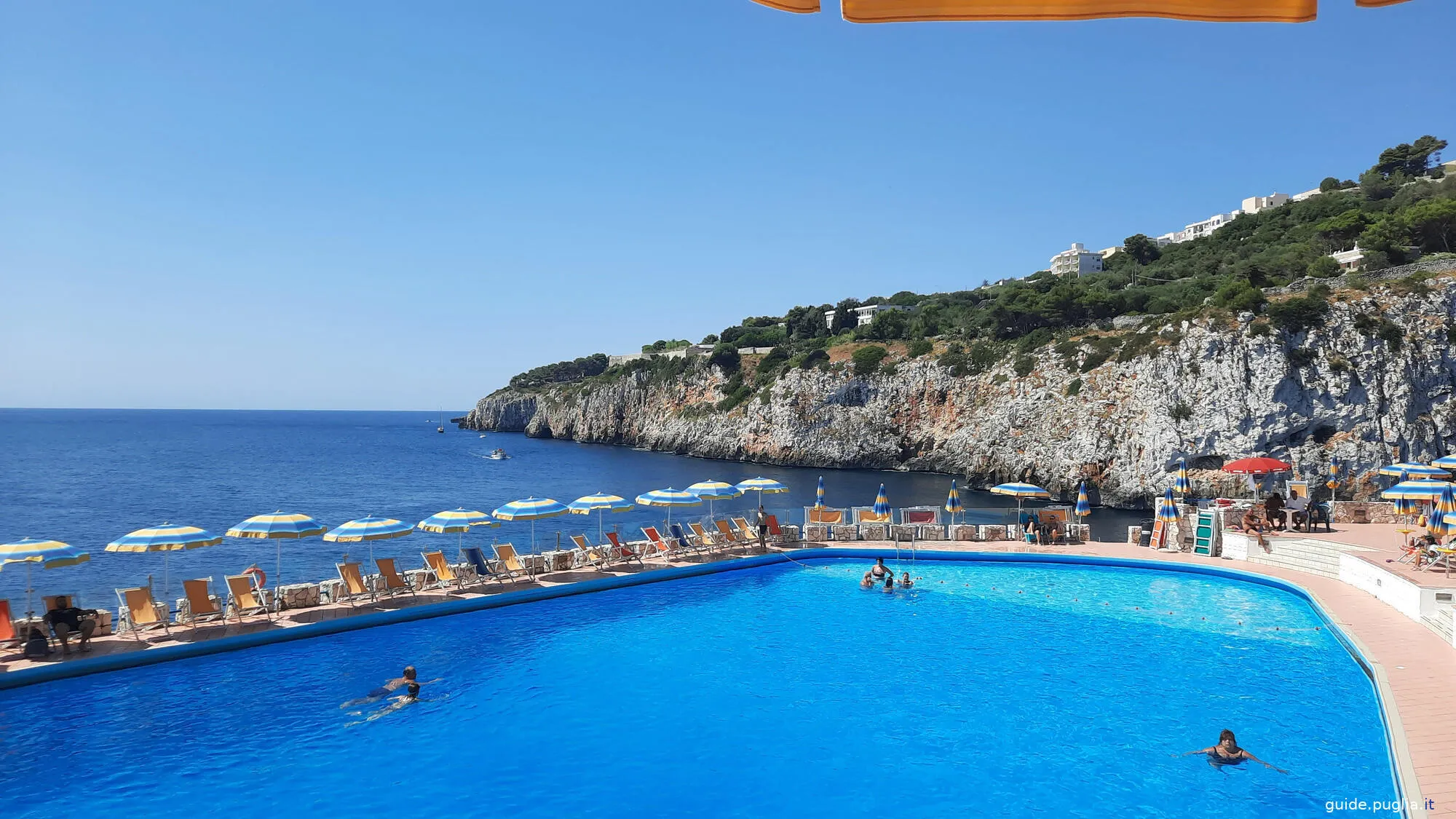
Near the Zinzulusa Cave, there is a natural saltwater pool that serves as an additional attraction for visitors to this area of Salento. This pool, situated along the rocky coast, offers a unique opportunity to swim and enjoy a refreshing experience in a spectacular natural setting.
The location of the natural pool also provides stunning views. From the pool, visitors can admire the surrounding cliffs and the turquoise waters of the Adriatic Sea, creating a magnificent contrast with the rocky landscape.
